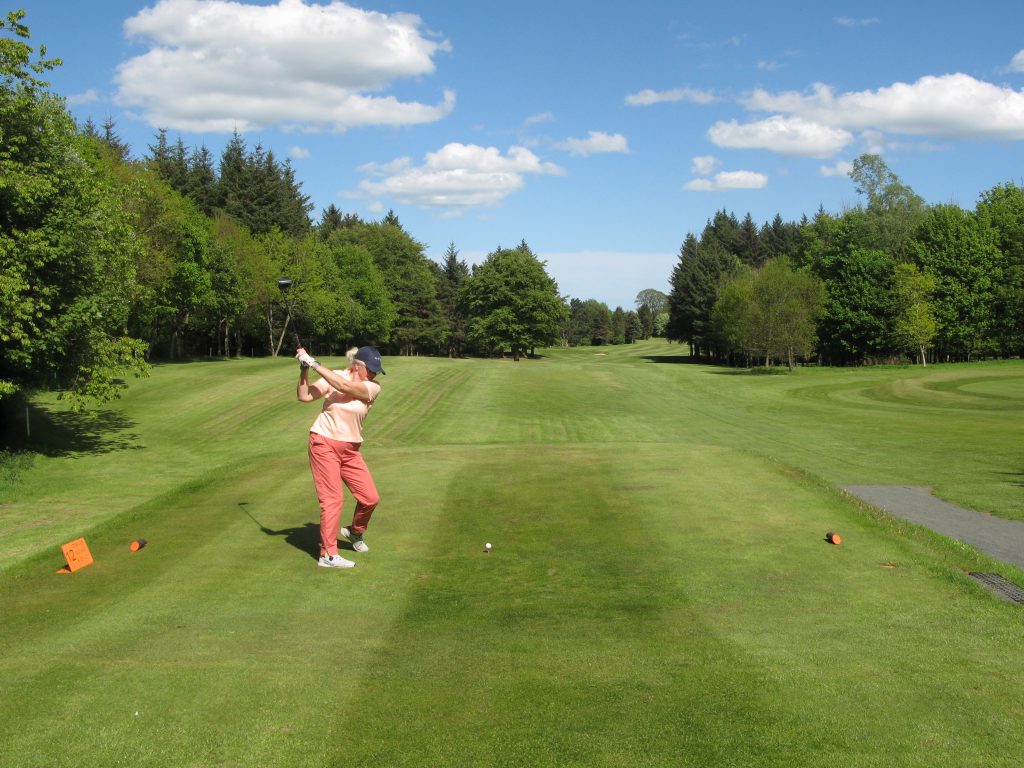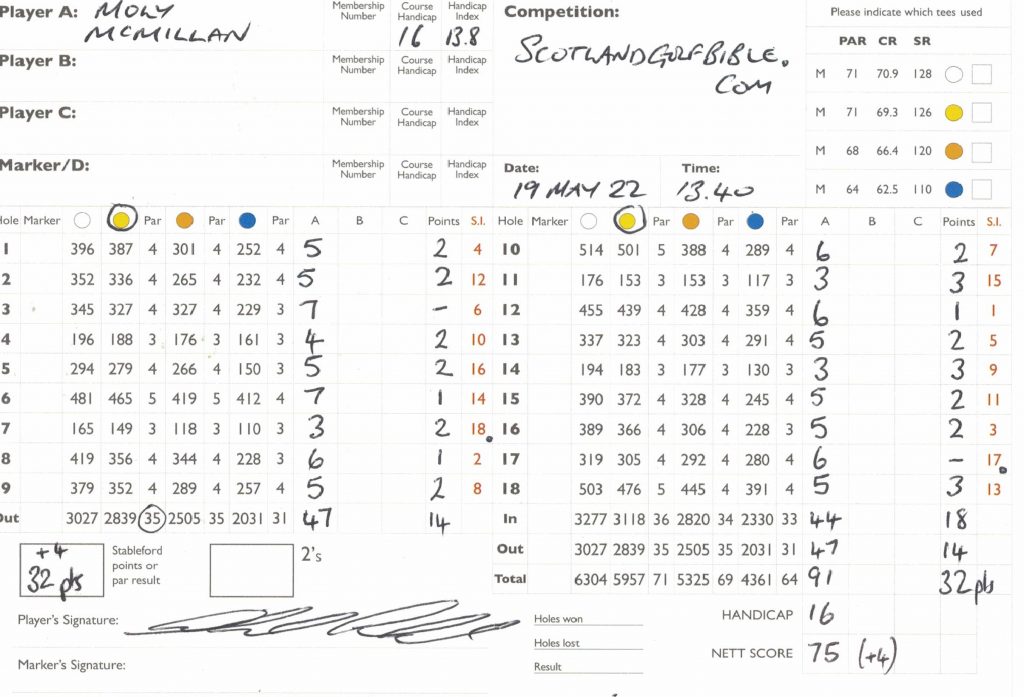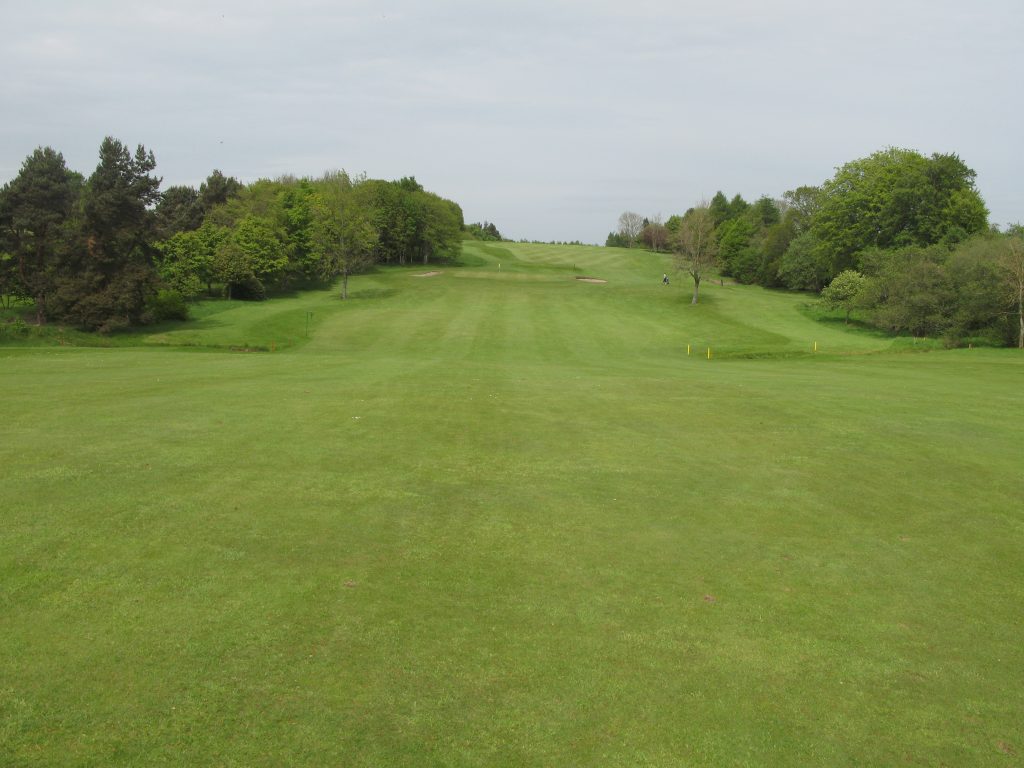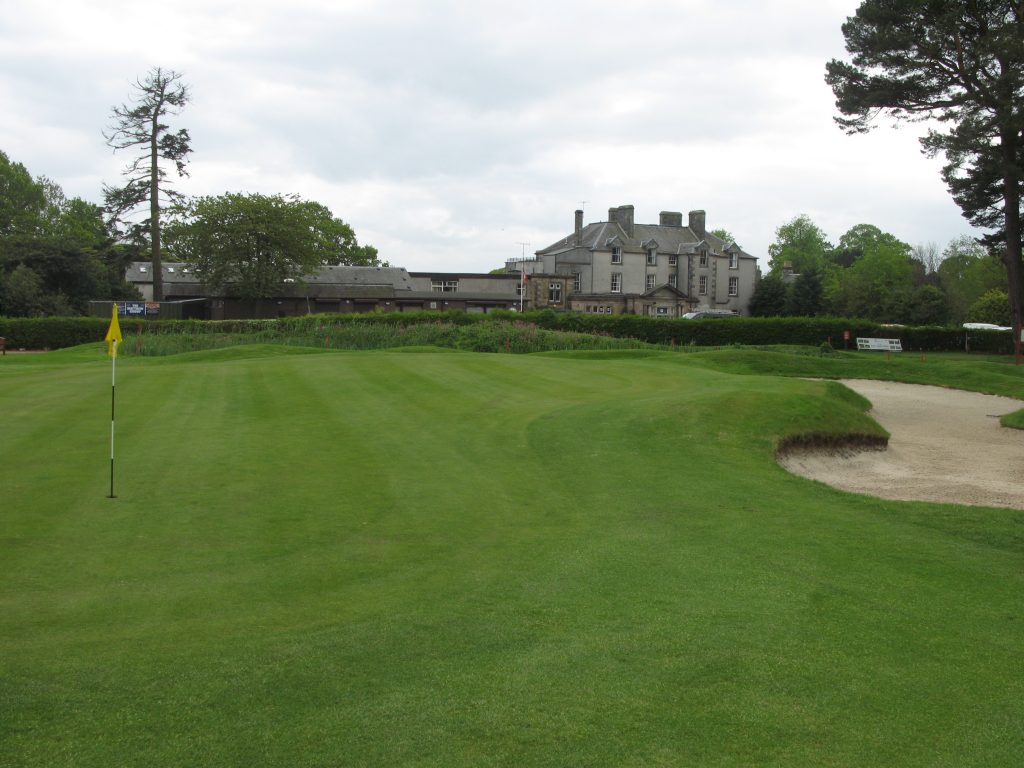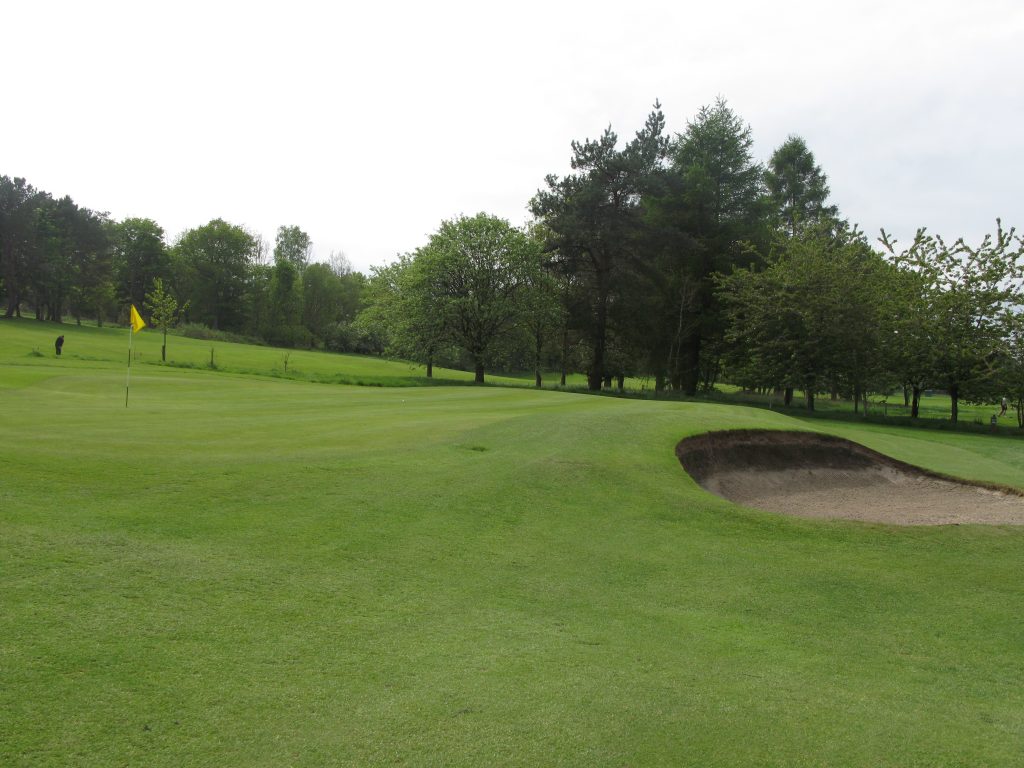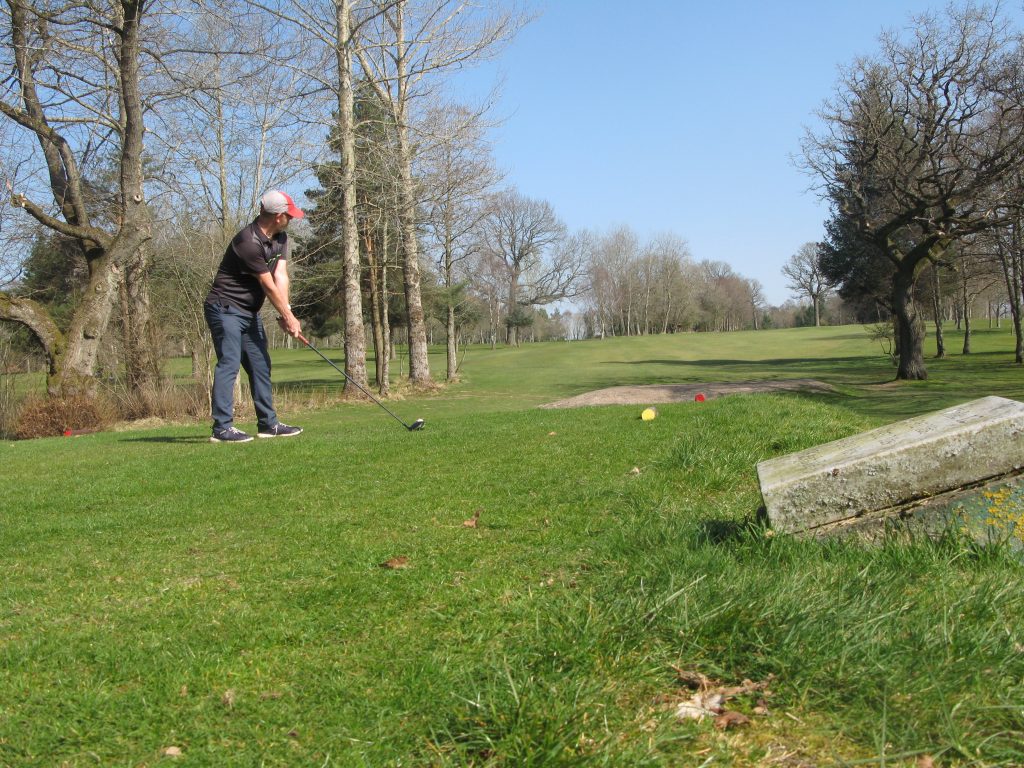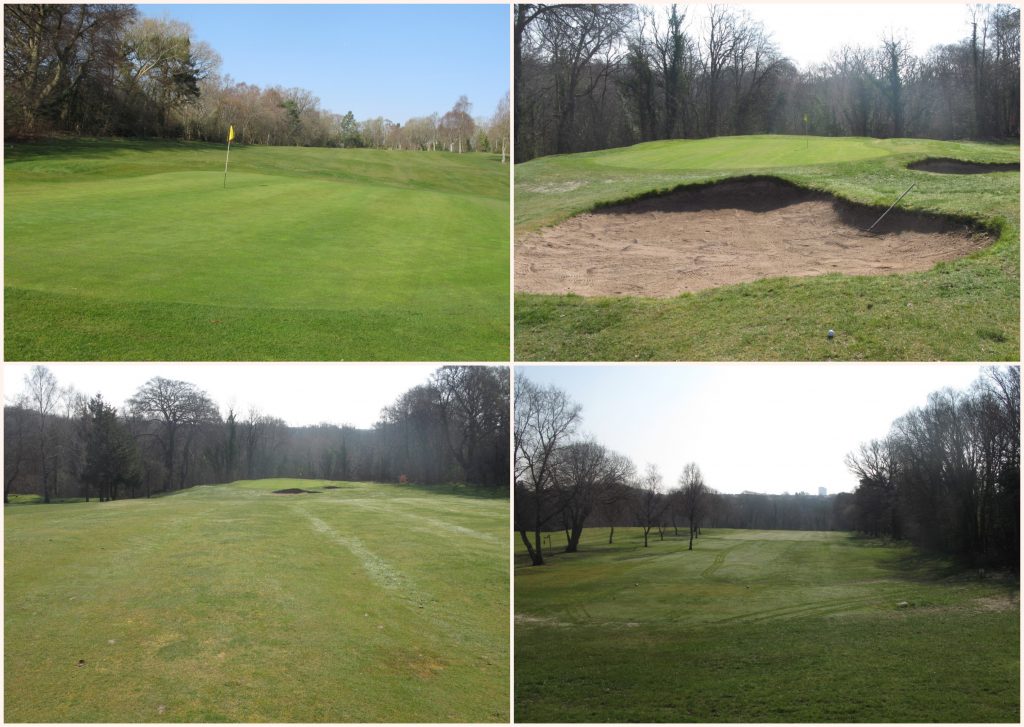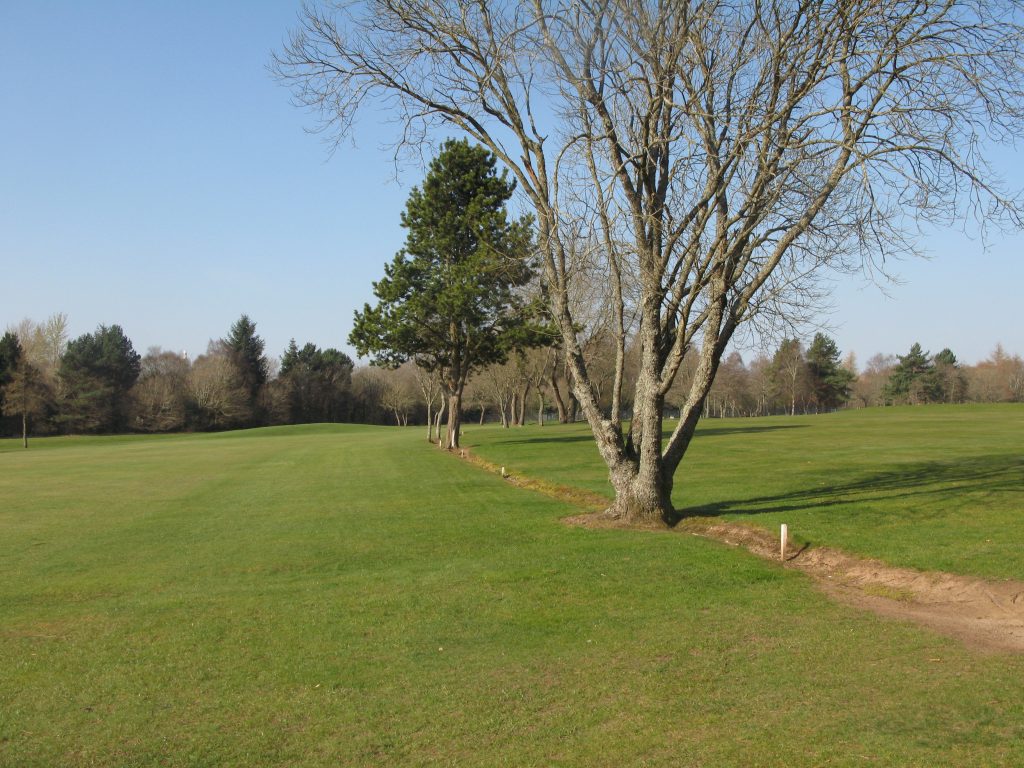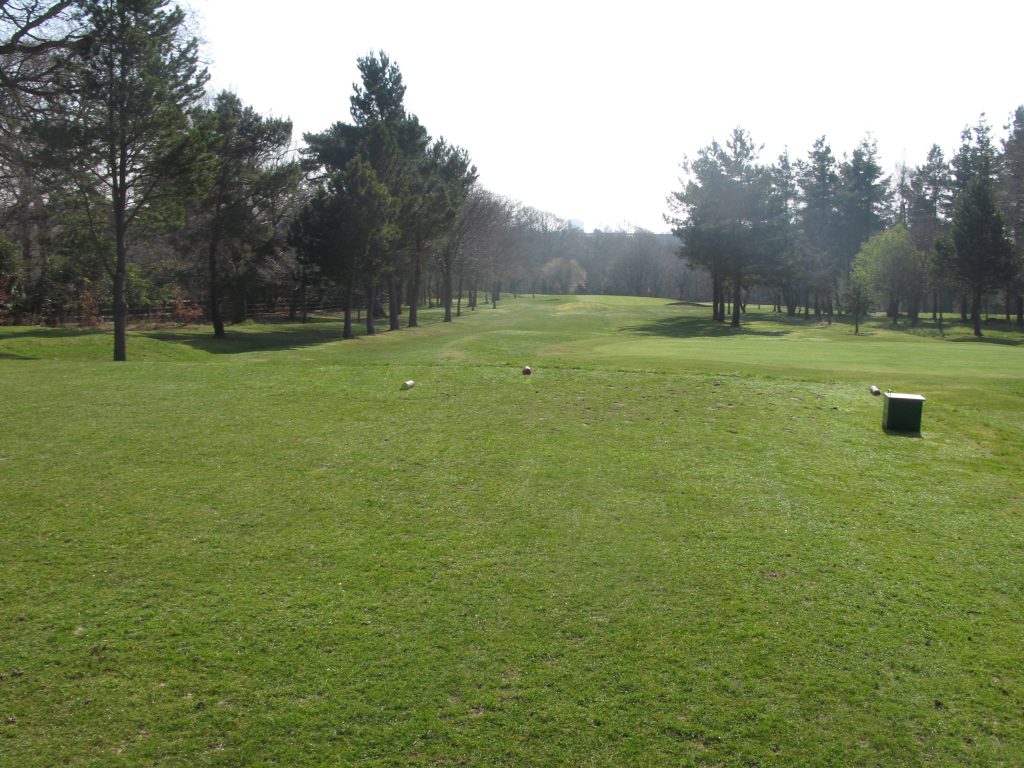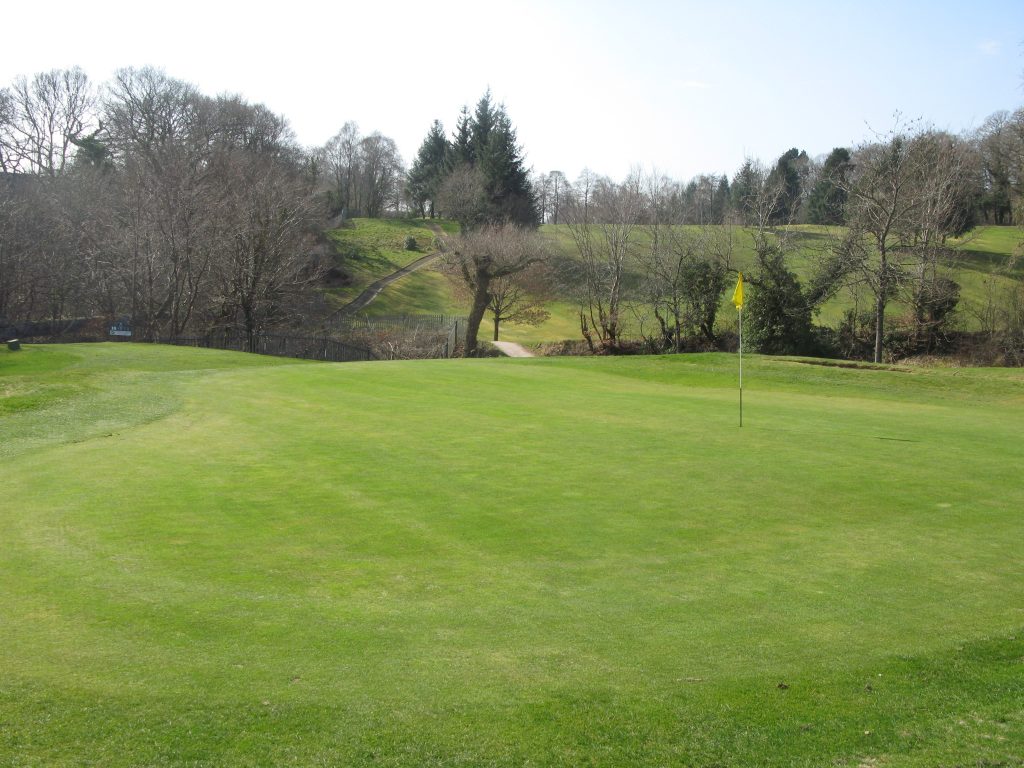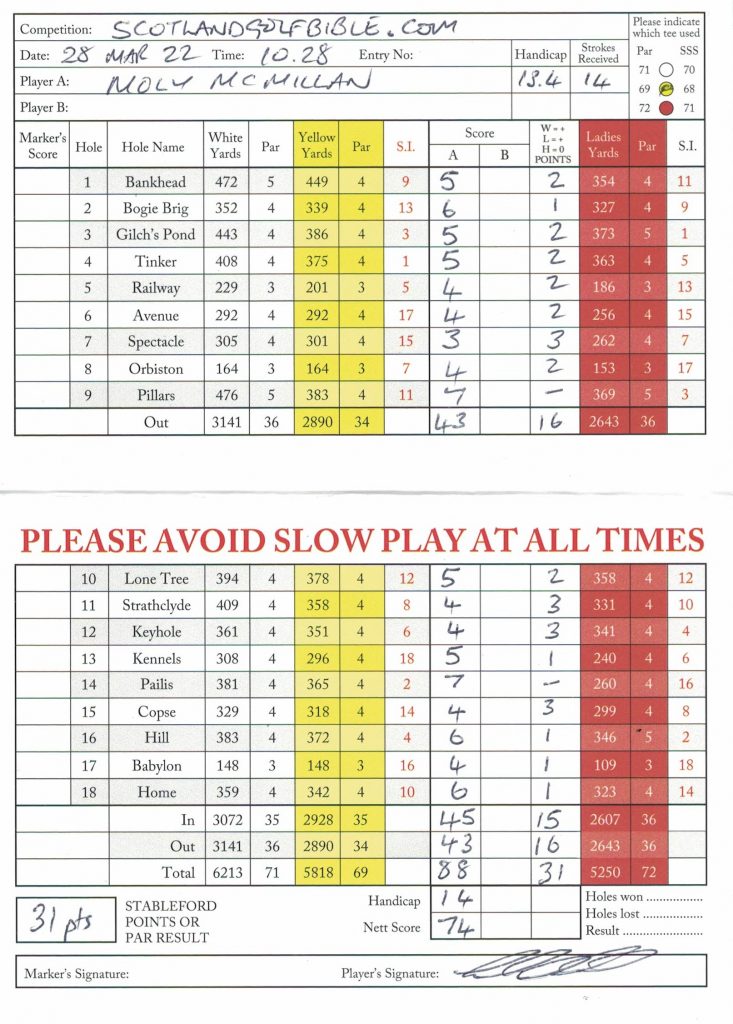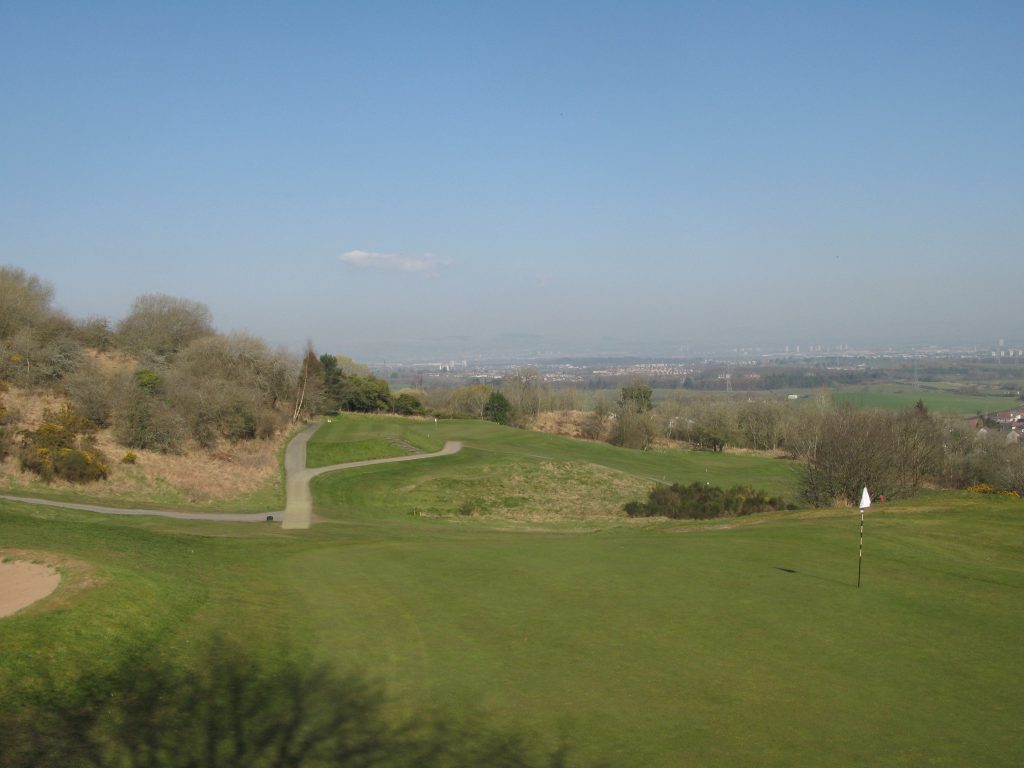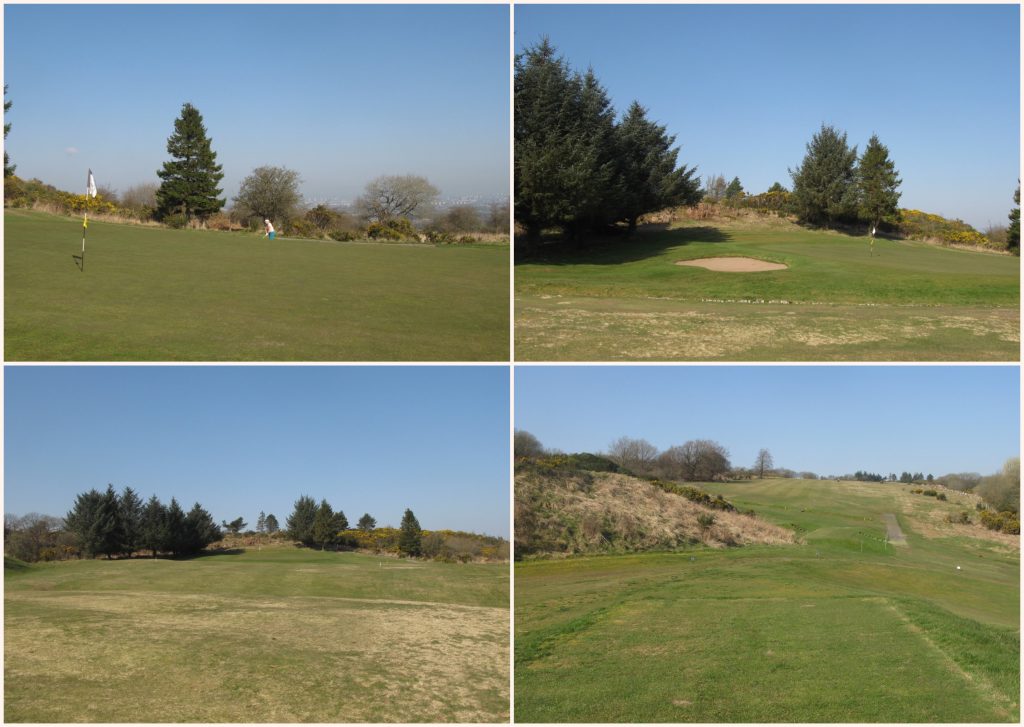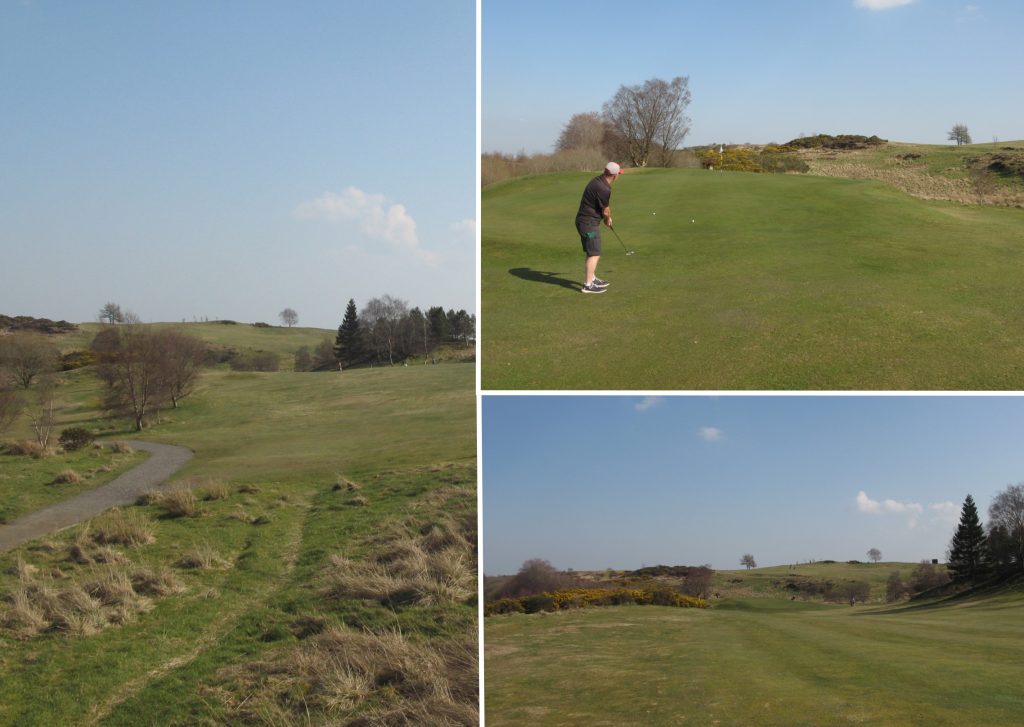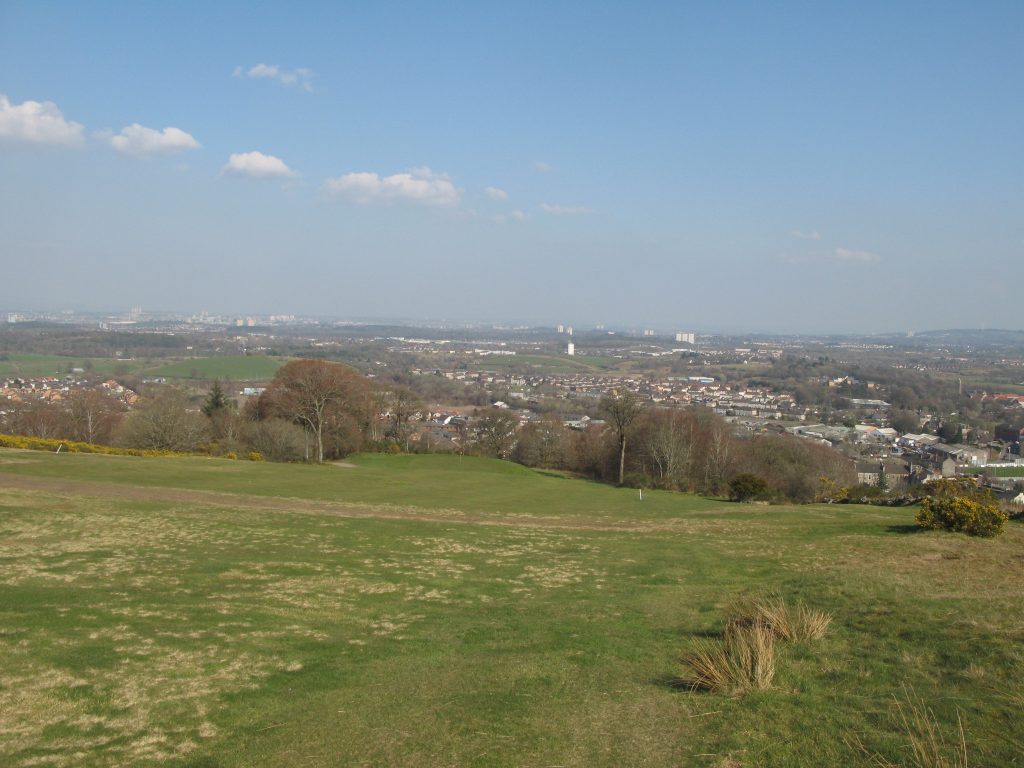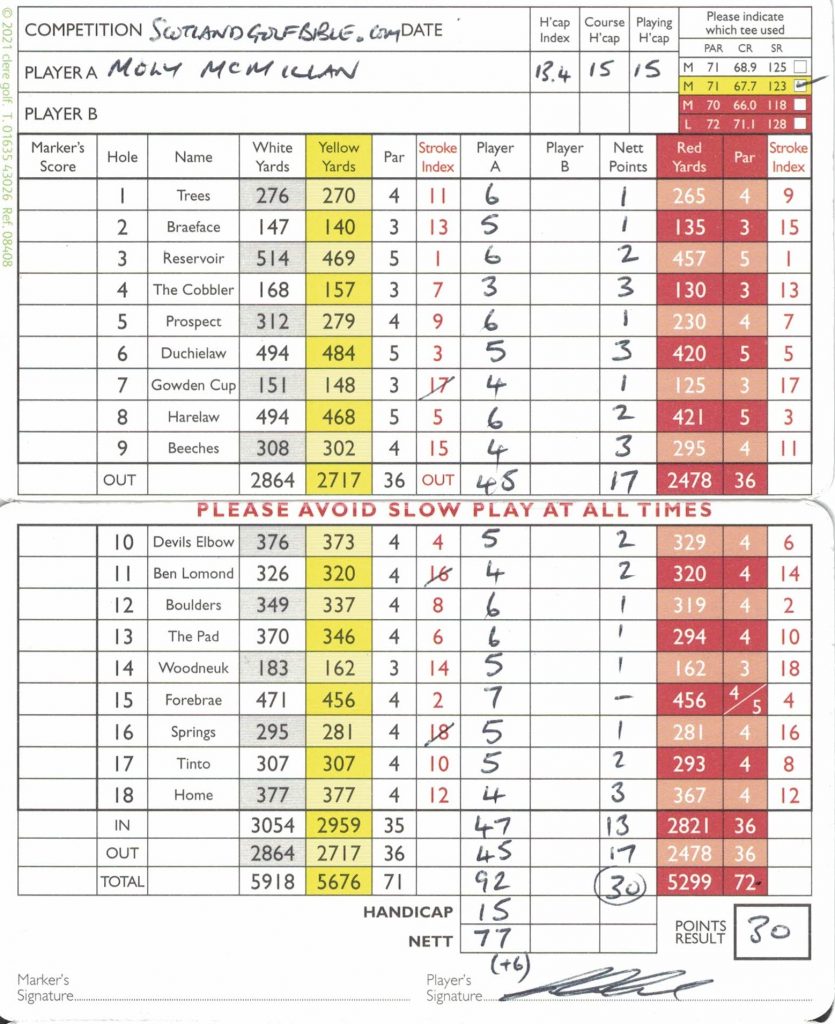One of the top parkland courses in Fife
Round £50. Par 71. Course Rating / Slope Rating (yellow) 69.3/126. Value (out of 5) – 4.0
Most people who live on the East Coast of Scotland, will know of Markinch as a railway station on the main Aberdeen to Edinburgh line. Like me, they may have passed through here hundreds of times, but never stopped.
Markinch actually had its own town sited golf course in the first half of the 20th century, but it closed just after the second world war due to disrepair; however, I understand that the “golf club” retained some sort of existence playing at other nearby courses.
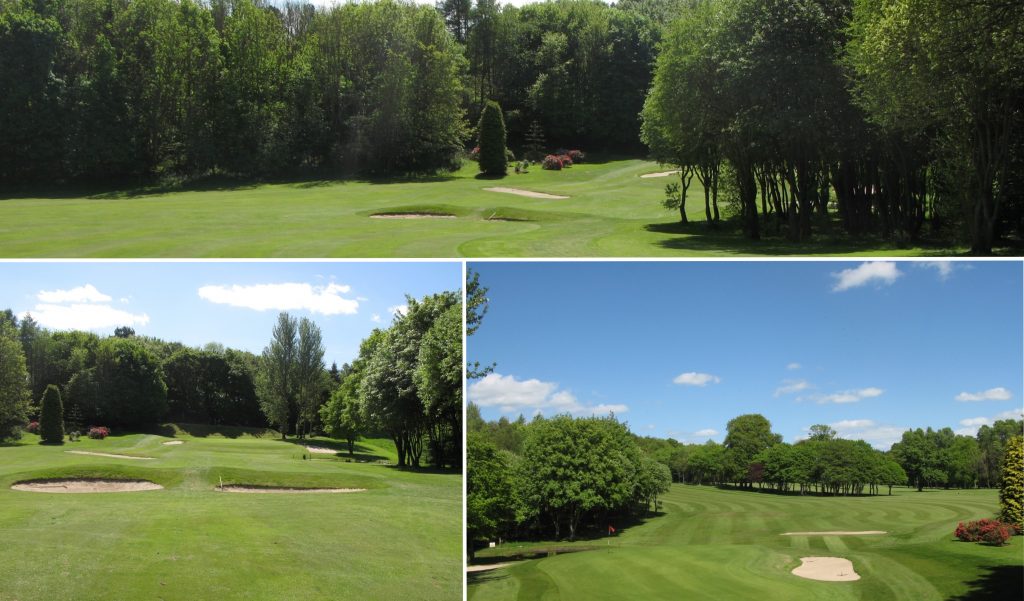
During the 1960s the Glenrothes Development Corporation purchased Balbirnie Estate, located between Glenrothes and Markinch, which had been owned by the Balfour family for almost 300 years. They commissioned a golf course, which Markinch GC leases.
The former Balbirnie estate house is now also a 4-star hotel, which is close to, but separately managed from, the golf club.
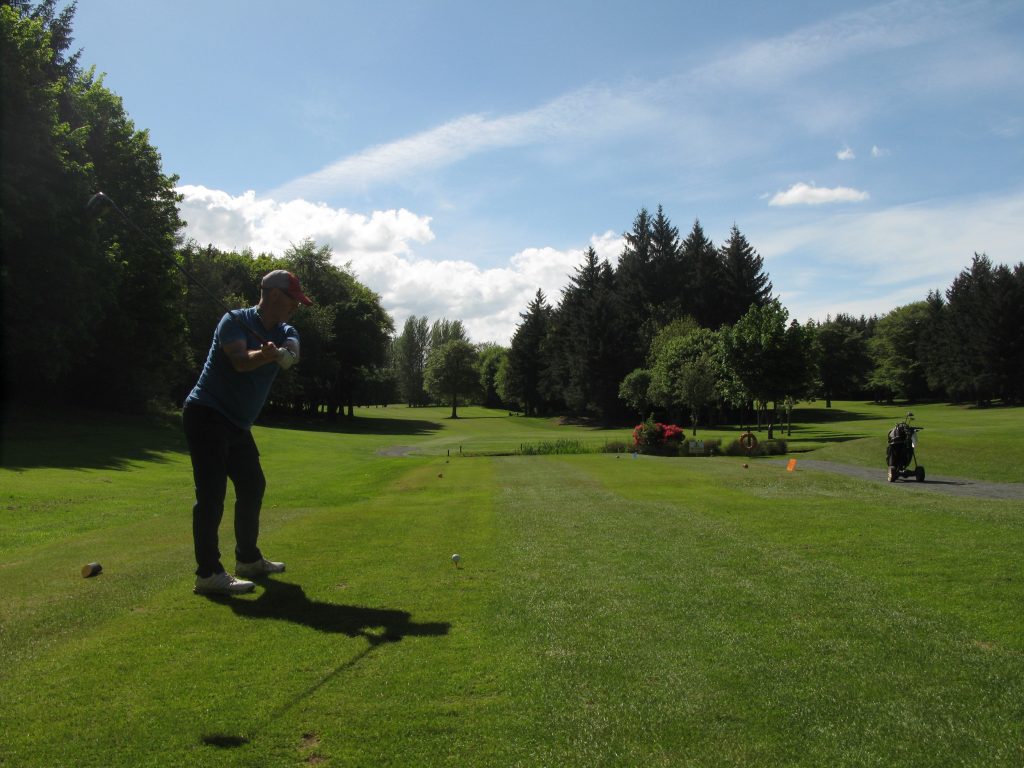
The current 18 hole course opened in 1984, and is set in a substantial wooded area, in two loops of nine holes, at well over 6000 yards, this undulating course is a tough walk. It is a balanced layout, with trees almost always in play, other than some of the par 3s, with the front nine being slightly shorter mainly due to having only one par 5.
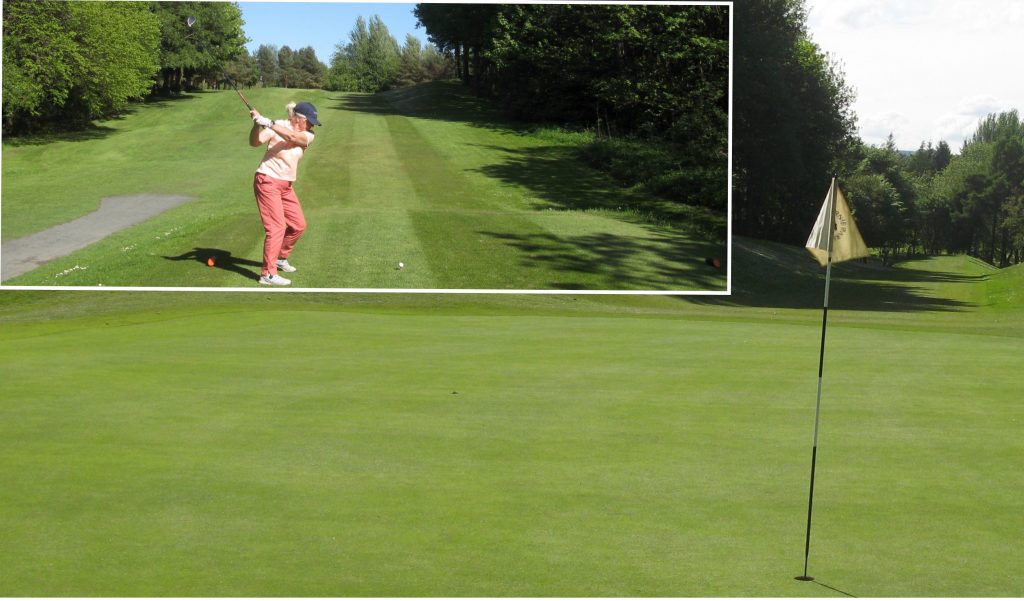
It has been well designed by Fraser Middleton, a relatively unknown architect, who surprisingly has only 2 other courses I could find on his CV – West Lothian and Hounslow in West London, what an interesting threesome of courses?
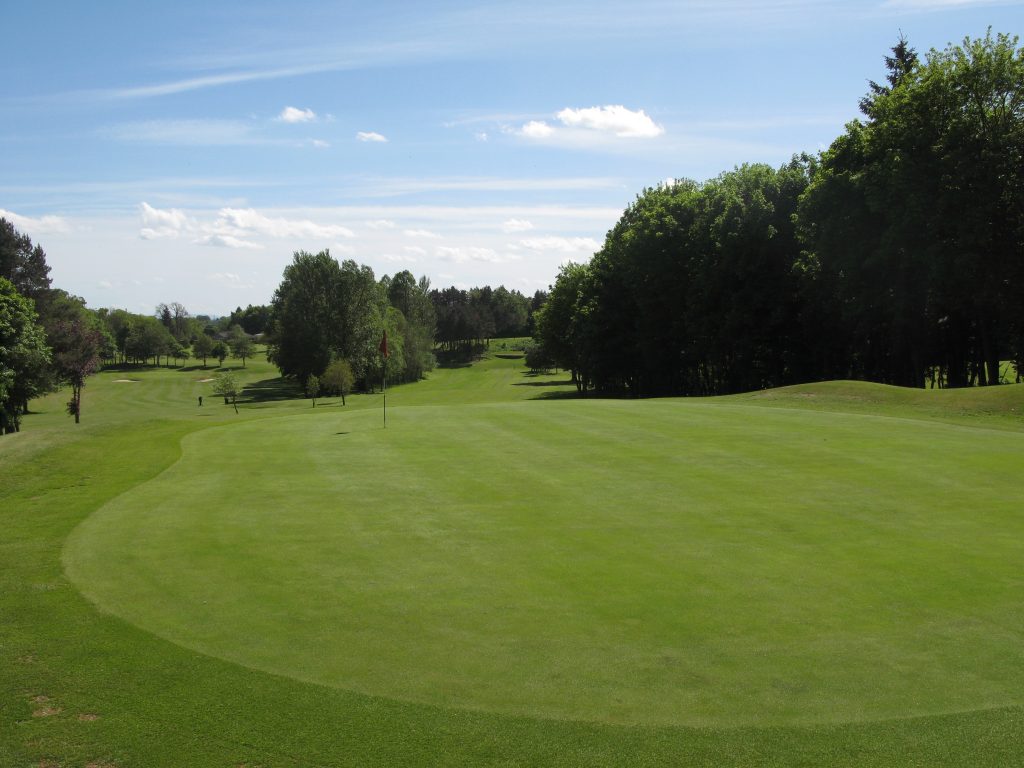
The abiding architectural characteristic I picked up on, was that at least half of the holes had either dog legs or blind tee or approach shots – some all three. This necessitates a good appreciation of your yardages and access to a hole planner is useful. It was especially pleasurable, therefore, to play with the same ball, not a common occurrence. This contributed to my decent score of 91, net 75, for 4 over my handicap of 16. A very good score for me on a windy, but warm, day.
The course was in superb condition, the only note of criticism I could give was the fringes of the bunkering was a little tired. The teeing grounds were delicious.

In a land of Links, Balbirnie Park golf course may arguably be the best parkland course in Fife; albeit the ‘best parkland’ list might also include The Dukes (at St Andrews), Aberdour and Dunfermline (Pitreavie), all great courses.
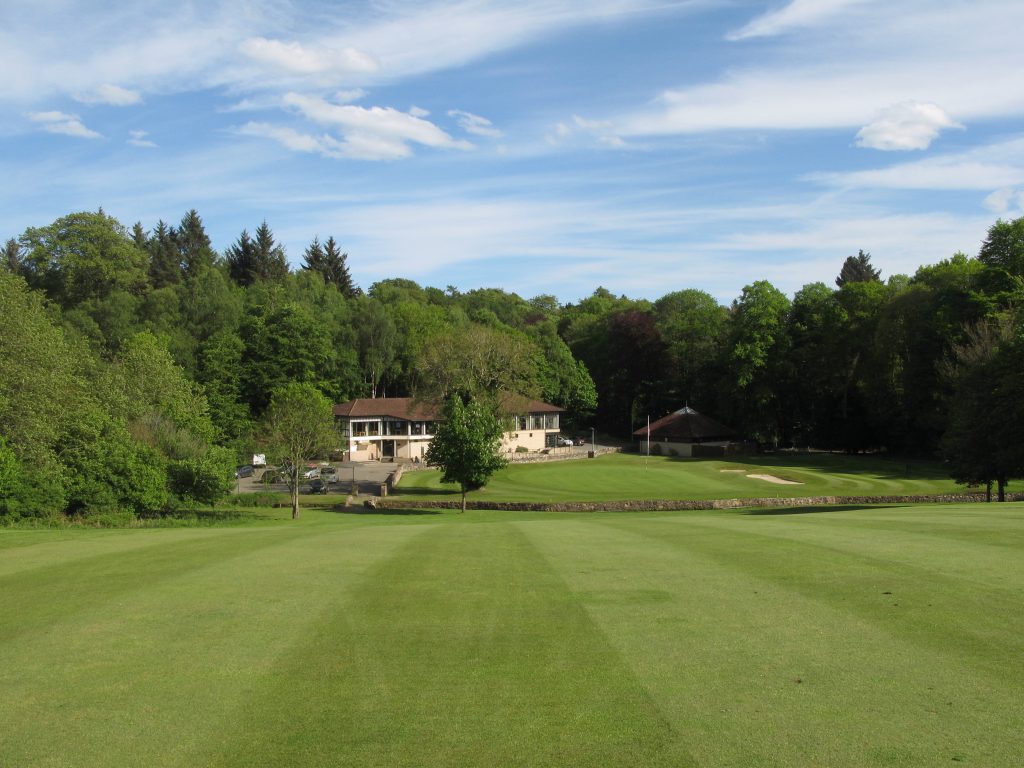
Nevertheless, this is easily in the top 50 parkland courses in Scotland, and represents good value at £50, but using the great offers on Golfnow I managed to pay just £22, an almost 60% discount, so really 5 star value if you get one of those last minute rates.
I suspect the pricing is depressed a little due to the distance Glenrothes is from both the St Andrews area, and Edinburgh. This benefits greatly those going to play here.
Course Type: Parkland
Par 71 (3 par 5s, 11 par 4s, 4 par 3s)
Distance: 5957 (yellow)
Moly’s Gross score: 91
